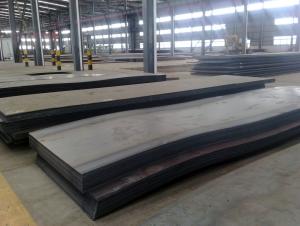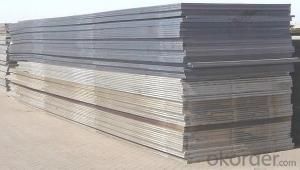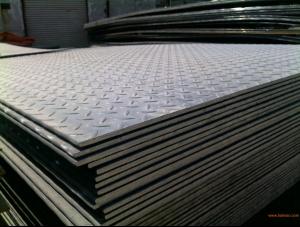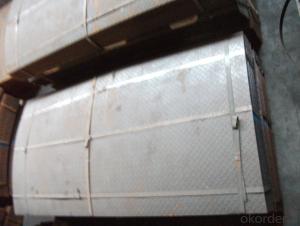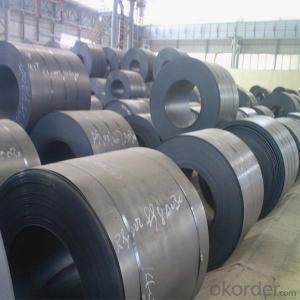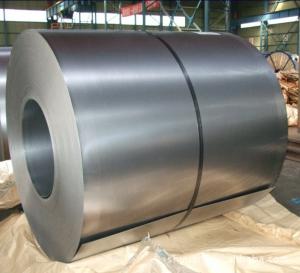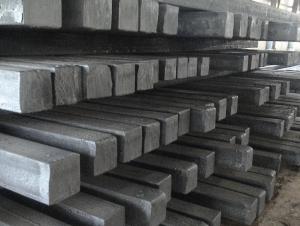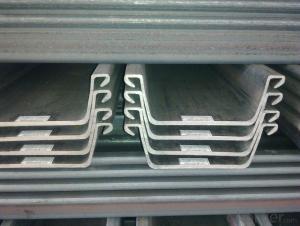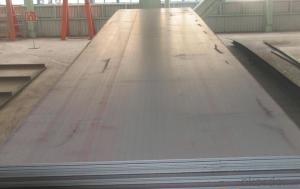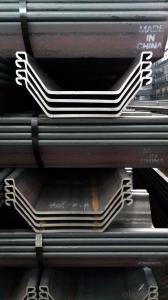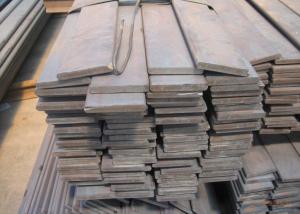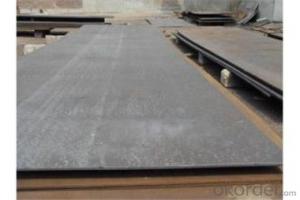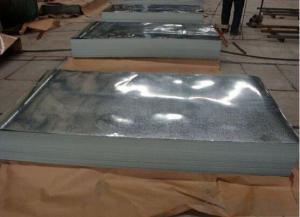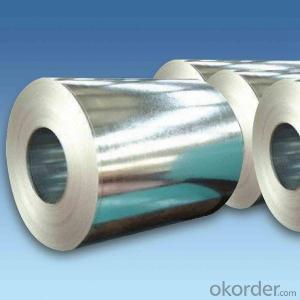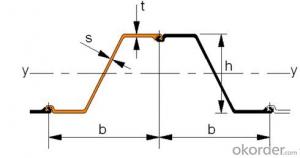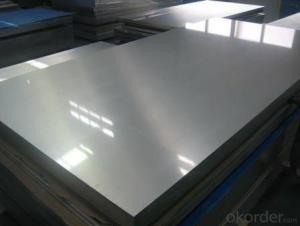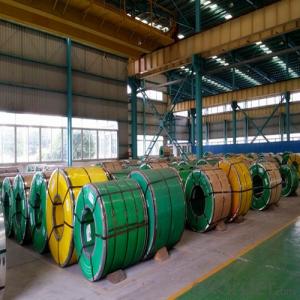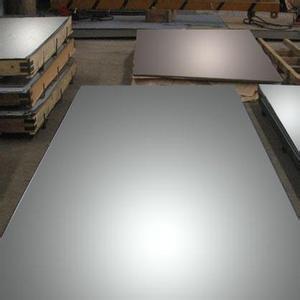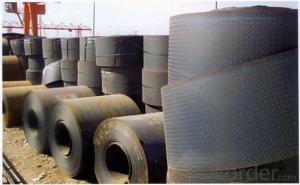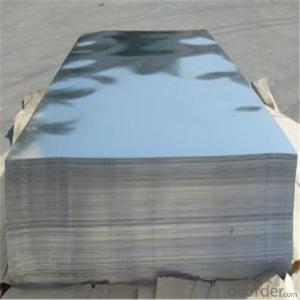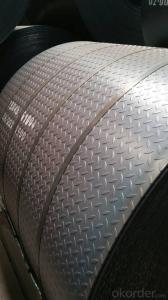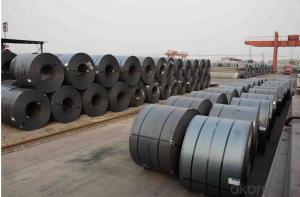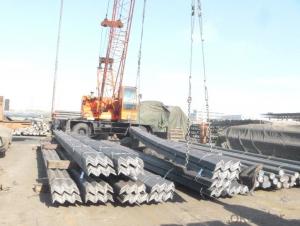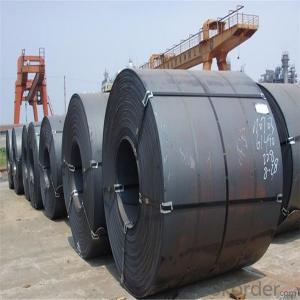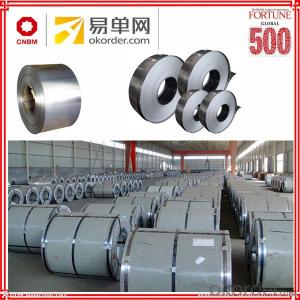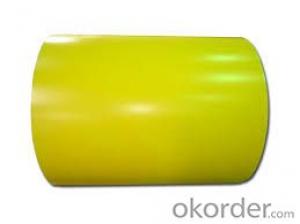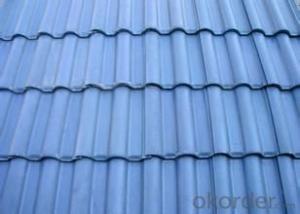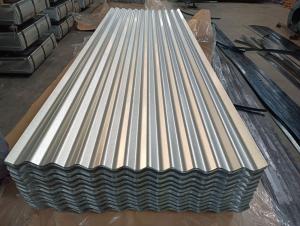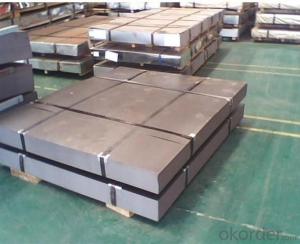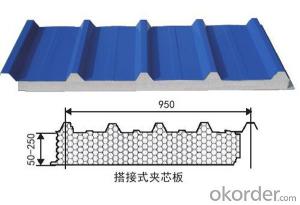Hot Rolled Steel Sheet
Hot Rolled Steel Sheet Related Searches
Cold Rolled Steel Sheet Hot Rolled Steel Hot Rolled Steel Plate Rolled Aluminum Sheet Hot Rolled Mild Steel Hot Rolled Steel Price Hot Rolled Steel Prices Steel Mesh Sheet Sheet Of Stainless Steel Cold Rolled Steel Cold Rolled Steel Plate High Temperature Clear Plastic Sheet Hot Rolled H Beam Hot Rolled Steel Futures Heat Resistant Insulation Sheets Thin Hard Plastic Sheets Thin Stainless Steel Sheets Hot Rolled Pickled Coil Aluminum Sheet Metal Rolls Us Hot Rolled Coil Black Stainless Steel Sheet Hot Rolled Coil China Plastic Coated Steel Roofing Sheets Large Rolls Of Plastic Sheeting Sunsirs Hot Rolled Coil 1 8 Stainless Steel Sheet Fine Plastic Mesh Sheet Hot Rolled Coil Steel Price Stainless Steel Sheeting Hot Rolled Coil Steel PricesHot Rolled Steel Sheet Supplier & Manufacturer from China
Hot Rolled Steel Sheet is a type of steel product that has been processed through a hot rolling process, resulting in a flat, sheet-like metal with a consistent thickness. This material is known for its durability and strength, making it a popular choice for various industries. Hot Rolled Steel Sheet is widely used in construction, automotive, shipbuilding, and other heavy industries due to its ability to withstand high levels of stress and its resistance to deformation. Its versatility allows it to be utilized in a broad range of applications, from structural components to machinery parts.Okorder.com is a reputable wholesale supplier of Hot Rolled Steel Sheet, offering a vast inventory to cater to the diverse needs of customers. With a commitment to quality and customer satisfaction, Okorder.com ensures that the Hot Rolled Steel Sheet they provide meets the highest industry standards. Their extensive inventory allows them to serve a wide range of clients, from small businesses to large-scale industrial operations, providing them with the materials they need to succeed in their respective fields.
Hot Products




